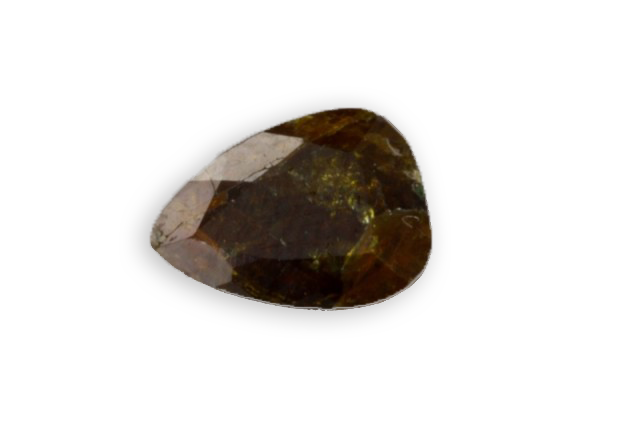
palygorskite
Identified in 1862, its name comes from that of a deposit in the Urals in Russia. Sometimes called “angel skin opal” because of its resemblance, but it’s not an opal.
Je vous emmène à travers mes vidéos découvrir mon expérience acquise depuis plus de 30 ans a silloner le globe entier à la recherche de pierres précieuses, de rencontre mémorables mais aussi de difficulté parfois …

Identified in 1862, its name comes from that of a deposit in the Urals in Russia. Sometimes called “angel skin opal” because of its resemblance, but it’s not an opal.

Described by Breithaupt in 1823, its name comes from the Greek Greek “orthos” meaning “straight fracture“, because it has the characteristic to cleave in two orthogonal planes. Named at the beginning orthoclase, orthose, its french name, was given lately by René Just Haüy. In its


Discovered by the famous mineralogist James Dwight Dana in 1850, it owes its name to the “glass of Moscow” (vitrum muscoviticum), as the large plates, heat-resistant were used as windows for stoves and furnaces in this region. The hardness varies from one to two depending

